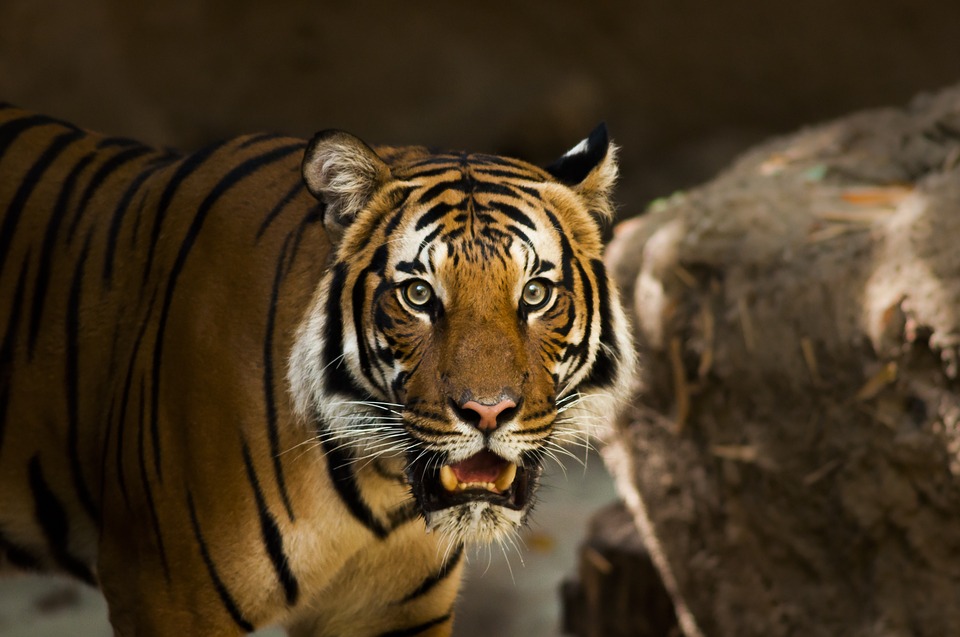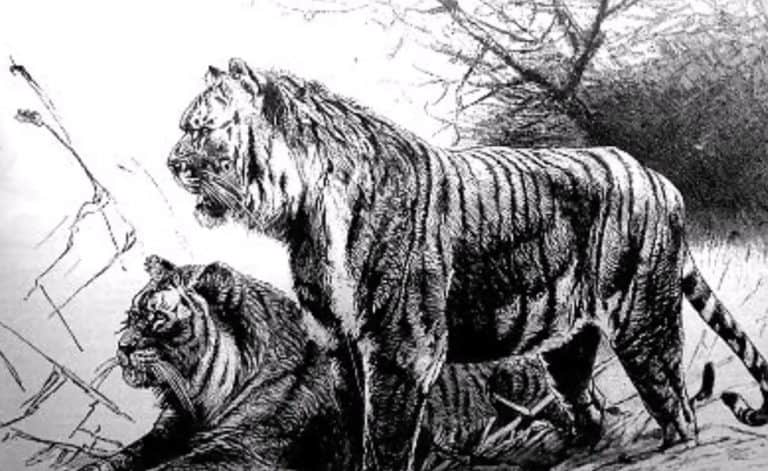
Despite famous films such as Jurassic Park highlighting problems of extinction and conservation, together with scientists reviving an extinct species, the idea of bringing these ancient animals back to life has long been thought of as simply a work of science fiction. However, those thoughts could be about to change, as the unlikelihood of bringing those species back into a modern day ecosystem has now changed into a thought that is potentially possible, according to recent reports. The animal that has sparked these optimistic developments is the Caspian tiger. Also known as Hyrcanian tigers or Turan tigers, this species of the big cat went extinct during the middle of the 20th century. At around ten feet long and weighing about 500 pounds, scientists believed that these were some of the biggest and heaviest big cats ever to exist. Bigger even than the sabretooth tiger, these felines preyed on deer, pigs, and other heavyset ungulates.
Having roamed the sparsely forested corridors of Turkey, Iran, and Central Asia for centuries, the Russian colonization of the region was the main cause of their population demise. Their forest habitat was cleared for farming and plantations, they were hunted for their fur, and the overhunting of pigs starved them of their natural prey. Due to the combination of these factors, the tiger populations rapidly collapsed, with the last verified tiger being shot in 1922. Although there were thought to be some undocumented sightings up until the 1970s, the World Wildlife Organization concluded that the Caspian Tiger was functionally extinct.

A study has been published in the journal Biological Conservation, which explains a plan to reintroduce tigers back into the areas where the Caspians once roamed. Instead of trying to clone the old, original species, biologists are hoping to use “analog species”, which are animals that are closely related to the extinct animals, and will fill the same ecological niches, according to the report. However, this method is not as simple as it initially sounds, as the first step is to locate a suitable habitat for the cats within the region. The natural land has changed huge amounts since the Soviet Union, but the geopolitical landscape has opened up new opportunities that were not available back when the Caspian populations depleted. Biologists have recently narrowed down a variety of potential habitats which could be used as a “beachhead” to re-establish and rebuild the tiger populations. In a natural area in the wild, two or three tigers would share overlapping territories of around 40 square miles, which would usually be based around water sources such as rivers and streams.
Biologists are currently looking at Kazakhstan as a potential location, and more specifically the rich Ili River, which feeds into Balkash Lake and is the 15th largest lake on Earth. The region has a low population and dense forest which makes it an ideal trial location. There is also an abundance of deer, pigs, and other tiger staples living in the forest, which means that they would have an array of natural prey. The question now lies within which species of tiger to introduce into the project. Some scientists wish to import Siberian tigers to Kazakhstan, which are comparable to the old Capsians as they are currently the biggest tigers. However, others believe that Amur tigers would be better suited as they are more closely related to the extinct Capsians and therefore would require less time to adapt to the warmer climates as they are already used to it. There are currently around 500 Amur tigers in the wild, and biologists who stand behind reintroducing them to the Capsian territory hope to see a metaphorical, if not literal, return of the Caspian tiger in Central Asia in the future.
What are your thoughts? Please share, like, and comment on this article!
This article (Biologists Are Planning To Bring The Caspian Tiger Back From Extinction) is free and open source. You have permission to republish this article under a Creative Commons license with attribution to the author and TrueActivist.com


